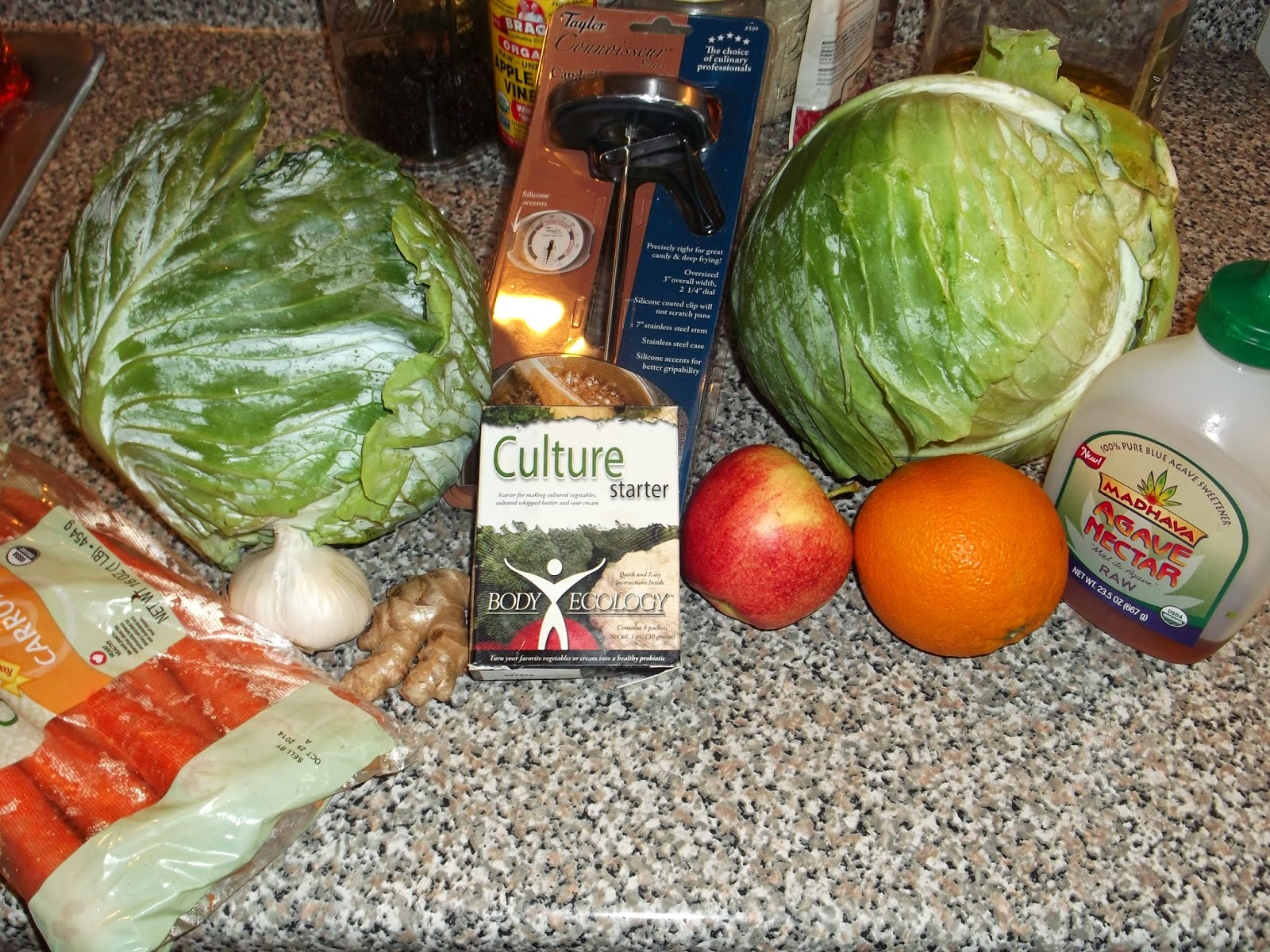Kefir is a natural probiotic drink. I am making all these homemade probiotics to get them in my son's guts. I am eating the cultured vegetables, and they are drinking the kefir. Now this is the VEGAN Mocha Angel, and full disclosure, I used whole milk because as a beginner to making homemade probiotic drinks, I wanted to start with with what was easiest. I will move to water kefir and kombucha, but for now it's milk kefir for the boys.
From Cultures For Health:
"When kefir grains or culture starter are added to milk the bacteria begin feasting on the
lactose, or milk sugar, in the milk. This feeding process produces byproducts such as lactic
acid, very small amounts of alcohol, and carbon dioxide, and also causes the bacteria and
yeast to reproduce and permeate the prepared milk kefir. The milk sugar also nourishes the
grains themselves, allowing them to grow and reproduce."
And here is the coolest thing about kefir, it's bacteria can colonize in the gut. Which means it sticks around inside of you forever. That's good stuff!
I used kefir grains from Cultures for Health only because a health store near my home carries it. A week later, I've made successful kefir everyday.
The first photo is what it looked like once cultured.
Above is the same kefir from above. See how it separates from the sides of the jar? Once the milk stops jiggling, I know the fermentation process is complete.
All you literally do is add kefir grains to milk. Above are the grains in milk. The yellowy thick balls are the grains. I didn't want to wash them off, again because I'm new to this. But I think they can be rinsed off.
After I poured the milk in a strainer, separating the grains from the milk, above is what was left.
I was worried the boys wouldn't like it, but they did! I have to add strawberries and honey, but eat it they will! That's Jona eating it for the first time (it was a little thick, so he ate it like yogurt.) They have had it everyday since the first batch was finished. My goal is to get it into them everyday.
Love,
Althea ◦
















